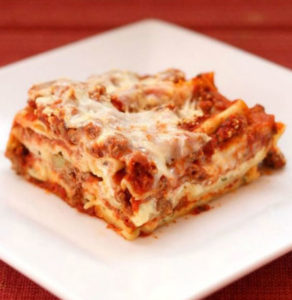
Scale Back the Acidity in Tomato Sauce Recipe
Tomatoes are just one of the acidic vegetables. In every meal, you can see plants being added in every recipe and if not, they are usually eaten raw. You can juice it, cook it, grill it, bake it, or eat it as it is. Tomatoes are also used in making tomato sauce which is an essential sauce in spaghetti. Many are curious how to reduce the acidity of tomatoes. One common notion is by adding sugar to the tomato sauce. But, does sugar really minimise the acidity in the tomato sauce?
Ingredients
- Baking soda
- Parmesan or Romano cheese (optional)
Instructions
Step 1:
If you are making a tomato sauce, slice the tomatoes and remove the seeds before putting it in the blender. It is important to remove all the seeds because this adds up to the high acidity of the tomato.
Step 2:
In a pan, mix in the oil, fat drippings, seasonings, and the blended sauce. Let it simmer on medium heat for 5 minutes.
Step 3:
Add a quarter teaspoon of baking soda and thoroughly whisk it until combined.
Step 4:
Let it cook for another 5 minutes on medium heat. Allow the sauce to simmer on low heat for about an hour. Take note that the longer the simmering time, the better the mixture of the ingredients.
Step 5:
While simmering, you can taste the sauce to check whether the acidic taste is still present. If you can still taste it, mix another quarter teaspoon of baking soda and stir.
Step 6:
Add in the cheese if you wish. The parmesan or Romano cheese serves as a supplemental solution if you are making a tomato sauce. The calcium found in cheese could also neutralize the acidity of the ingredient.
Tips:
If you want to mask the bitter taste of the sauce, you can add sugar but it does not remove the acidic features.
Choose tomatoes with low to moderate pH level. There are varieties of tomatoes that have little acidity which you can use. This includes the green tomatoes and Grosse Lisse.











